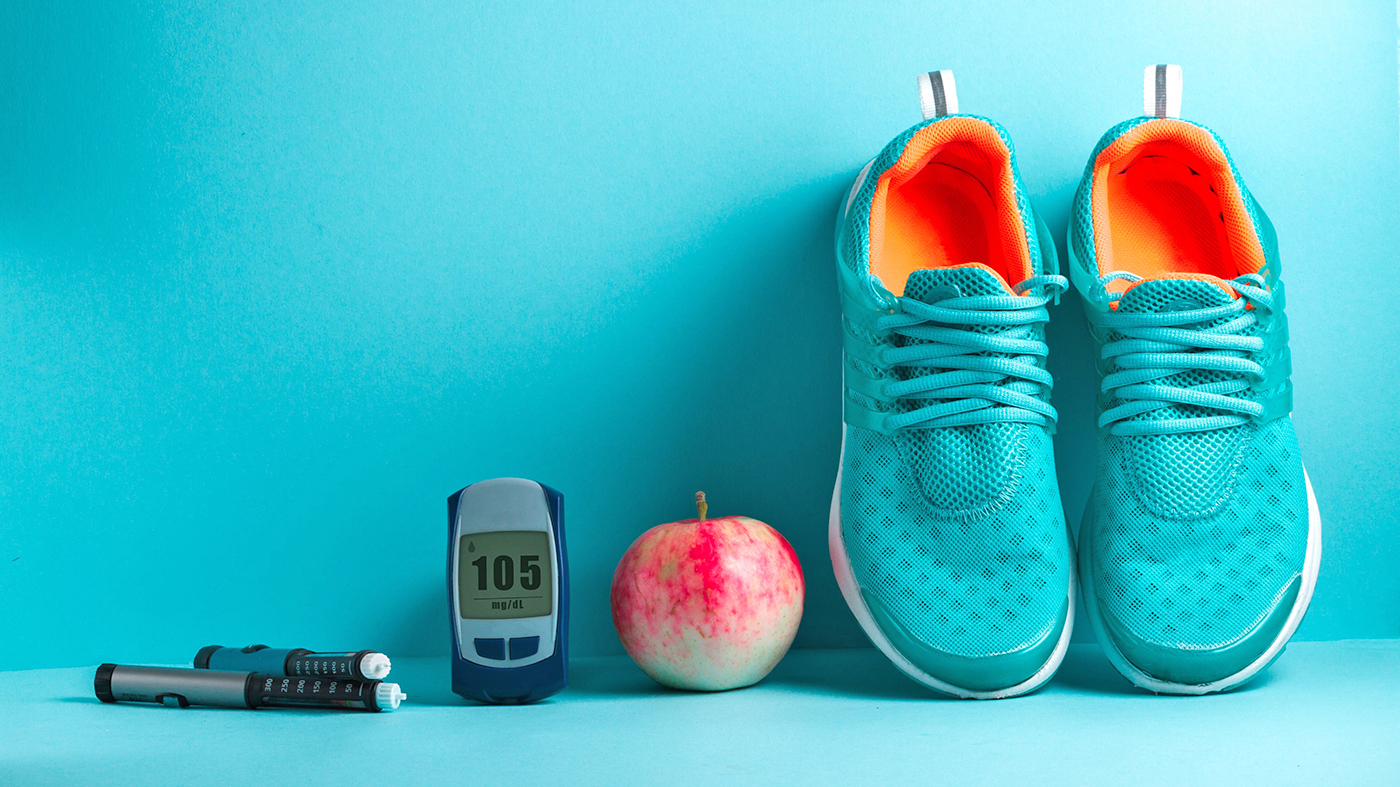Managing diabetes can feel overwhelming, but taking action now can help prevent complications down the road.
November is National Diabetes Month.
Diabetes is a chronic health condition where blood glucose, also called blood sugar, has become abnormal. This happens if a person cannot produce insulin (type 1 diabetes) or properly use insulin (type 2 diabetes). Over time, higher blood glucose levels can lead to blood vessel and organ damage. Common complications include eye and nerve damage as well as kidney and heart disease.
According to the CDC, there are around 38 million people in the U.S. with diabetes and around 98 million people with prediabetes. The first step in managing diabetes is knowing your current risk factors. Some people, especially those with prediabetes, might not have symptoms. Speak with your health care provider if you have any risk factors.
Many ways to prevent complications
While it can be scary to learn that you have diabetes, there are many ways to take charge and help prevent complications. Stay up to date on your ABCs:
- A1c: This blood test measures your average blood glucose level over the past three months. For younger, healthier individuals with diabetes, the goal is 7% or less. For many older patients and those with other health concerns, your provider may recommend a higher A1c that’s better and safer.
- Blood pressure: For most people, aim for a blood pressure below 130/80 mm Hg.
- Cholesterol: This depends on several factors, but generally LDL cholesterol should be less than 100 mg/dl (less than 70 in patients with heart disease); speak with your provider about your individual targets.
Lifestyle interventions make a big difference
If you have been prescribed medications for diabetes, high blood pressure or high cholesterol, taking these consistently is key. In addition to taking medications, there are several lifestyle interventions that make a big difference in diabetes management.
These include:
- Changing your diet: Foods make a significant impact on diabetes management. For many, the healthy plate method can be a great place to start. Think about ways to add more non-starchy vegetables, choose whole grains and limit added sugar. Speak with your local VA dietitian for ideas and support.
- Physical activity: Even small amounts of movement can help lower blood glucose levels. Gerofit is an exercise program that promotes health and wellness for Veterans. SilverSneakers is another exercise program available online and in your local community. This public program is generally free for adults 65 years and older. Find activities you enjoy.
- Stress management: Chronic conditions like diabetes can create a mental burden that increases stress; stress can actually cause difficulties with blood glucose control. You may benefit from speaking with a VA mental health provider, too. Your local Whole Health team may also provide resources to help improve your well-being.
Your local VA team is here to support you in taking charge of your diabetes self-management. If you’re interested in this or any other nutrition-related topic, contact your local VA to speak with a registered dietitian.
Topics in this story
Link Disclaimer
This page includes links to other websites outside our control and jurisdiction. VA is not responsible for the privacy practices or the content of non-VA Web sites. We encourage you to review the privacy policy or terms and conditions of those sites to fully understand what information is collected and how it is used.
More Stories
82-year-old Army Veteran Wendell Bell was 30% service connected disabled and unaware of what he was eligible for under the PACT Act.
Army Veteran Kenneth Chandler today is cancer free thanks to early detection.
From holiday feasts to everyday dishes, discover how cranberries can add flavor, color and a nutritional punch for this week's #LiveWholeHealth practice.






